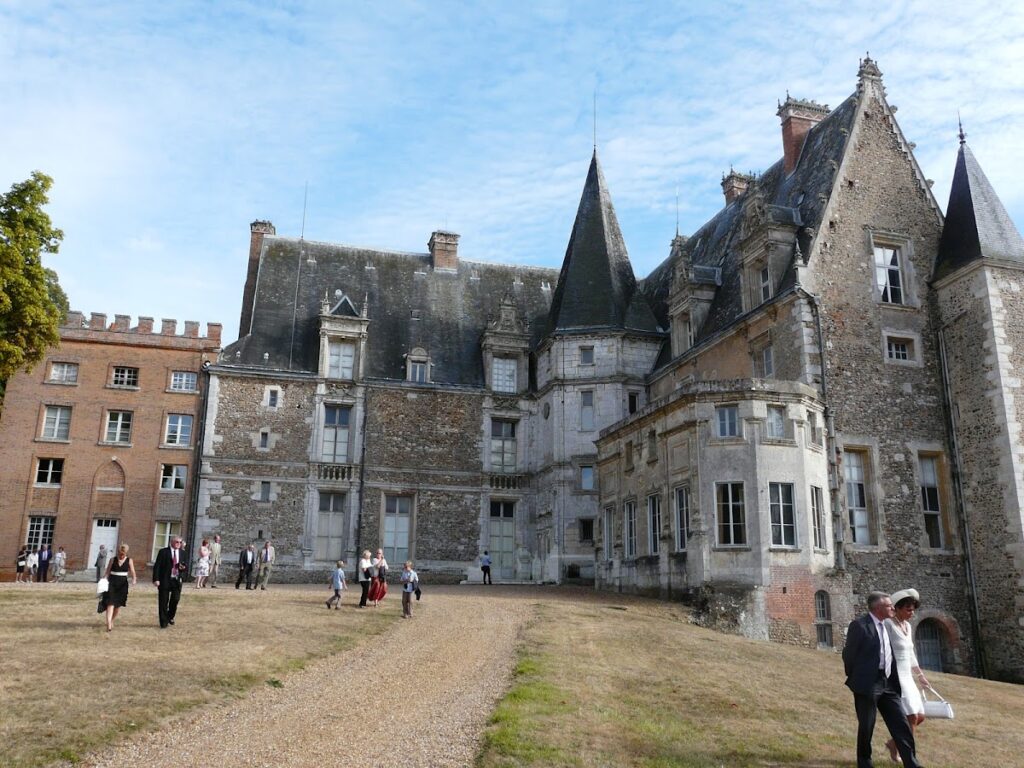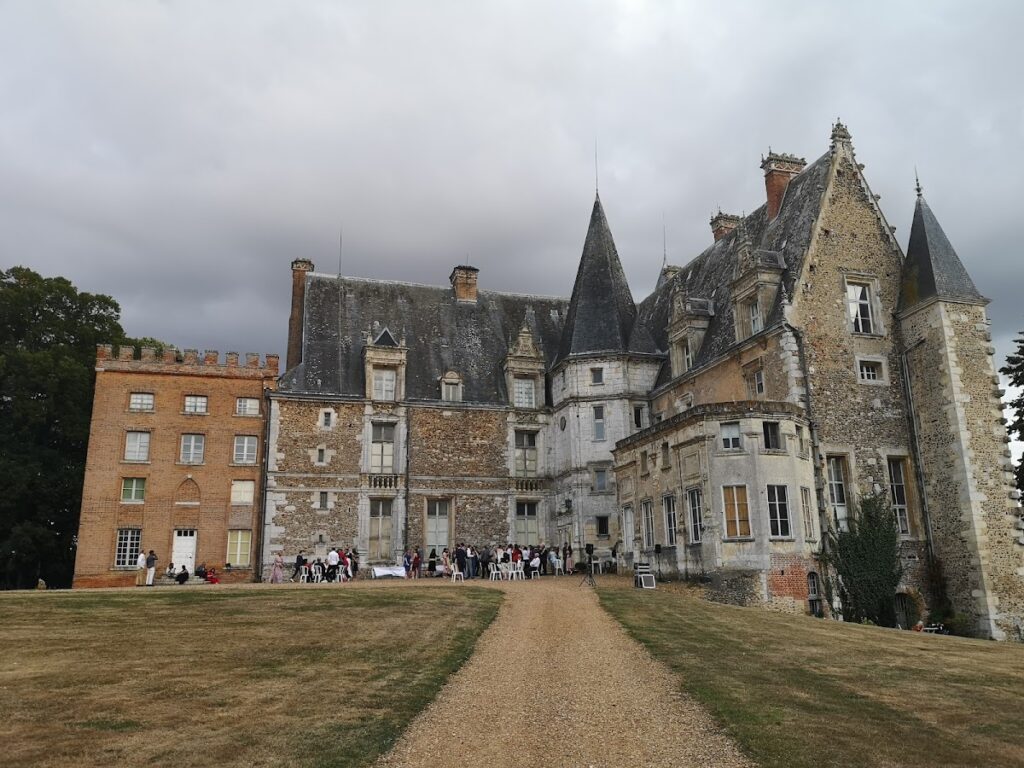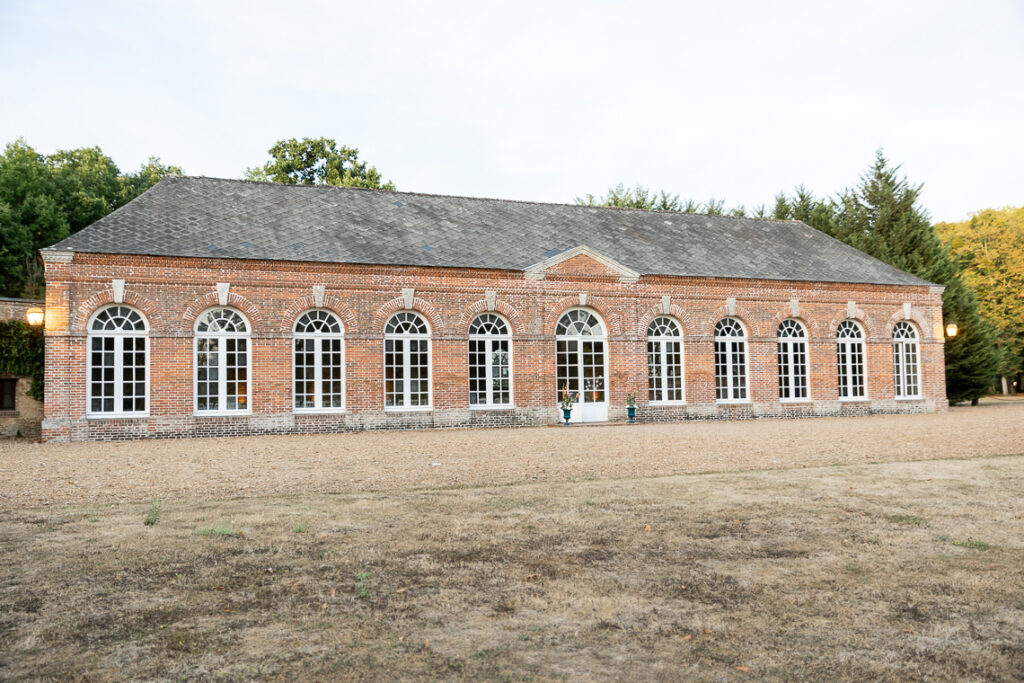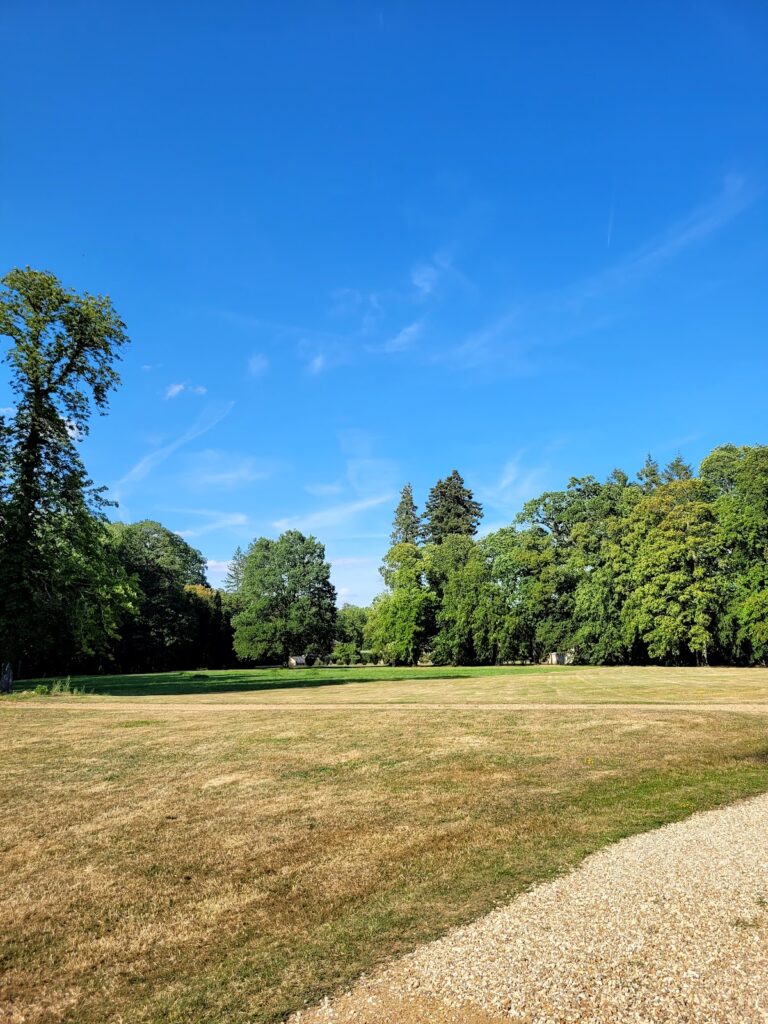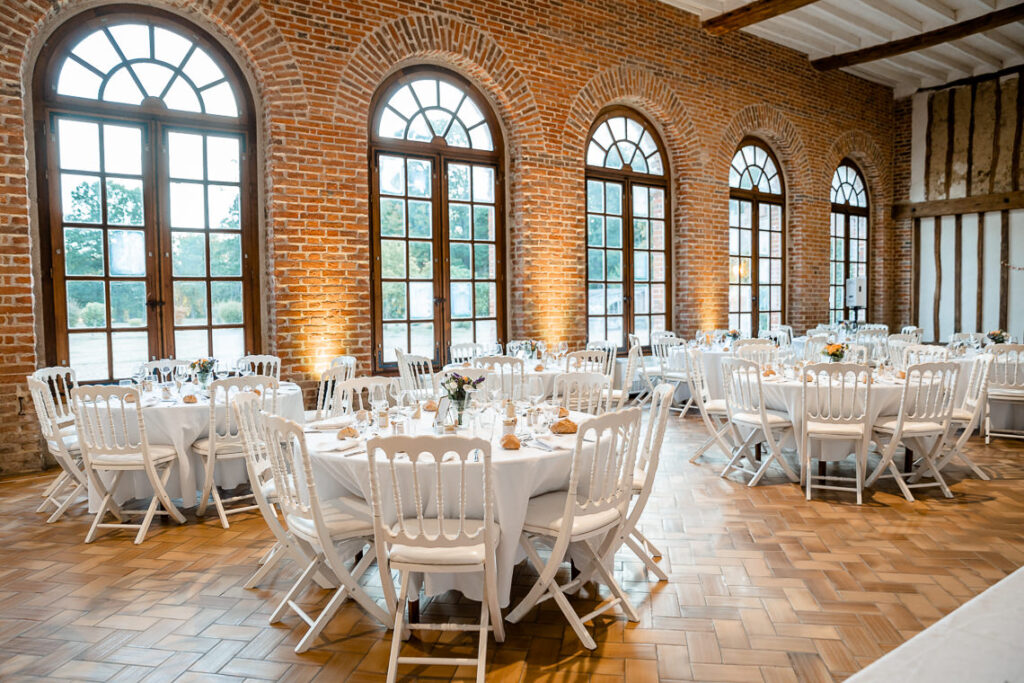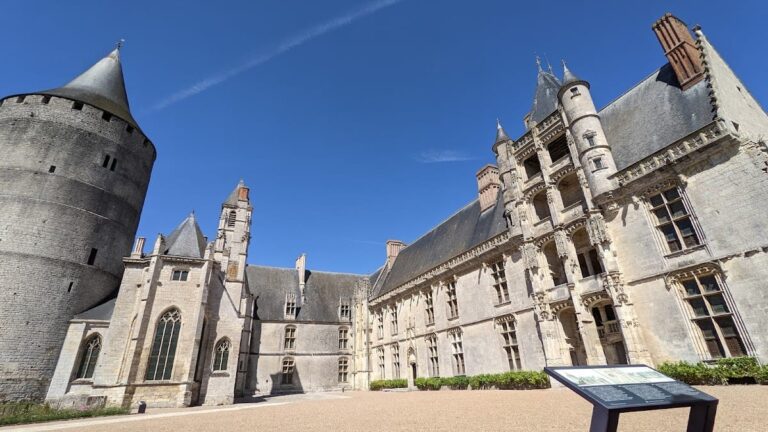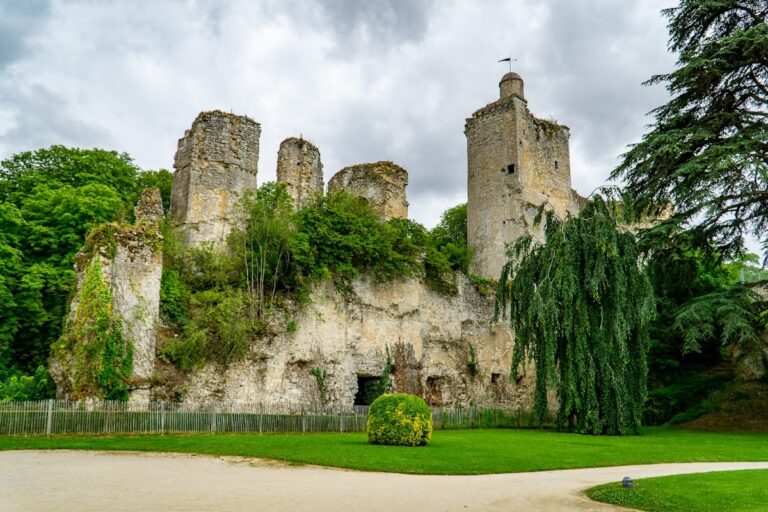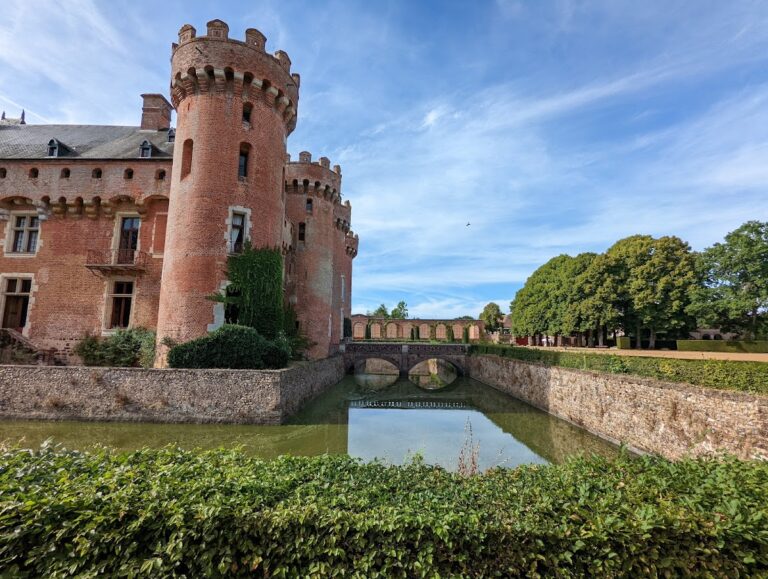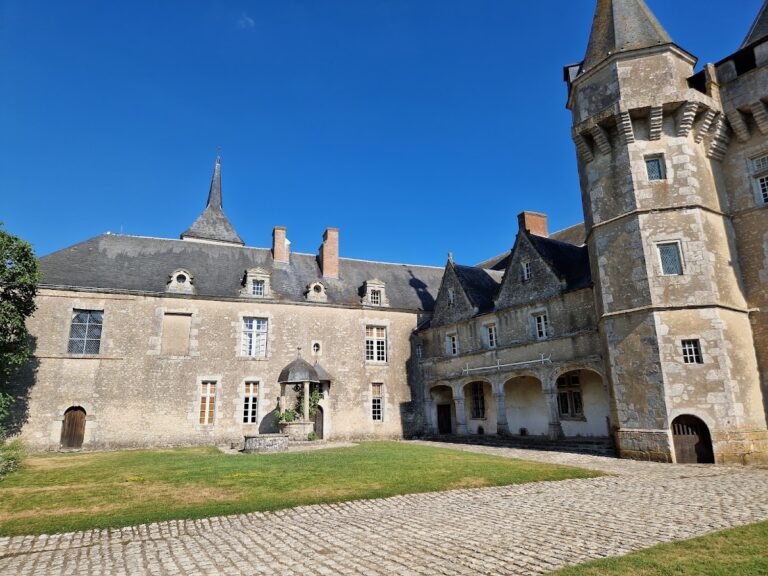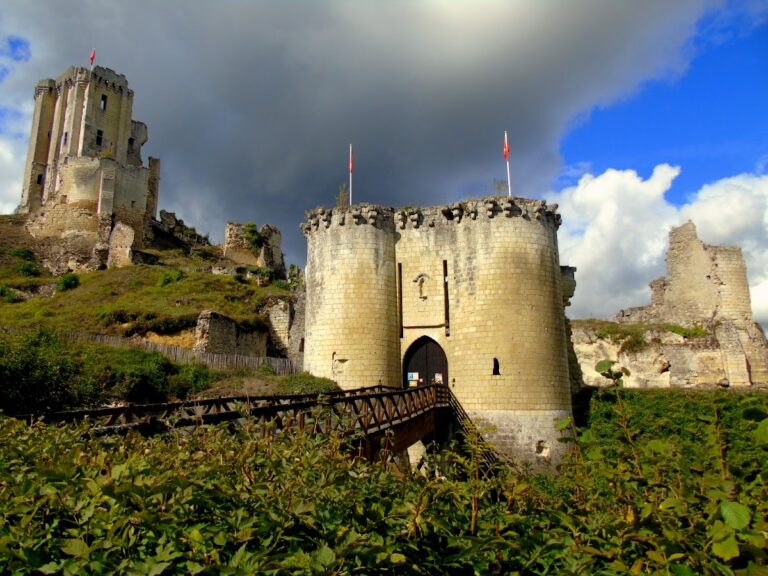Château de Courtalain: A Historic French Estate in Vald’Yerre
Visitor Information
Google Rating: 4.4
Popularity: Low
Google Maps: View on Google Maps
Official Website: www.chateaudecourtalain.com
Country: France
Civilization: Unclassified
Remains: Military
History
The Château de Courtalain is situated in the municipality of Vald’Yerre, France. This estate was originally constructed in 1483 by Guillaume d’Avaugour, marking its foundation in the late medieval period under the auspices of a French noble family.
During the 16th century, the château experienced a significant transition in its ownership. In 1553, it passed into the hands of the Montmorency family through the marriage of Jacqueline d’Avaugour to Pierre I de Montmorency-Fosseux. The Montmorency lineage held the château for nine successive generations, maintaining its status within their family for several centuries.
The period of the French Revolution brought temporary change to the château’s administration. During this era, a blacksmith and a butcher occupied the premises, managing the property. Their tenure was brief, as restoration of the original family’s possession occurred following the Revolutionary upheavals.
In the mid-19th century, specifically in 1862, the château entered a new phase under the Gontaut-Biron family. This transfer occurred through marriage between the niece of the last Montmorency duke and Louis de Gontaut-Biron. Since then, the estate has remained inhabited by their direct descendants.
During the early stages of the Second World War, the château served a protective cultural function. From August 31 to September 6, 1939, it was used as a major storage location for valuable artworks including Egyptian antiquities from the Louvre, tapestries from the Saint-Germain-en-Laye museum, and Napoleonic collections from La Malmaison. As German forces advanced in June 1940, these collections were moved to another family property, the château de Saint-Blancard, to ensure their safety.
Official recognition of the château’s historical importance was established in 1926 with its listing as a historic monument. Subsequent designations in 1981 and 1997 further affirmed its protected status. The family ties to prominent cultural figures are underscored by the presence of the tomb of Perette de Baif, located within the nearby church of Courtalain.
Remains
The Château de Courtalain reflects a blend of architectural influences, shaped by successive renovations over several centuries. Its structure incorporates Renaissance elements dating to its original construction, complemented by additions in English neo-Gothic style and modifications from the 18th century. This mixture illustrates the evolving aesthetic preferences and functional needs of its noble inhabitants.
Set within an extensive English garden, the château’s grounds feature remarkable ancient trees, notably cedars imported from Lebanon. These trees contribute to the estate’s distinctive natural environment, providing a secluded and tranquil setting around the historic residence.
The château itself, along with its outbuildings, are preserved as important historical and architectural monuments. Their classifications highlight the integrity and significance of the site’s structures, which have maintained their heritage value across centuries. While specific architectural details such as measurements or internal layouts are not recorded here, the estate’s well-documented stylistic variety speaks to its layered construction history.
Together, the château and its surrounding landscape embody the historical narratives of noble lineage, cultural preservation, and architectural adaptation documented from the late 15th century through the modern era.
